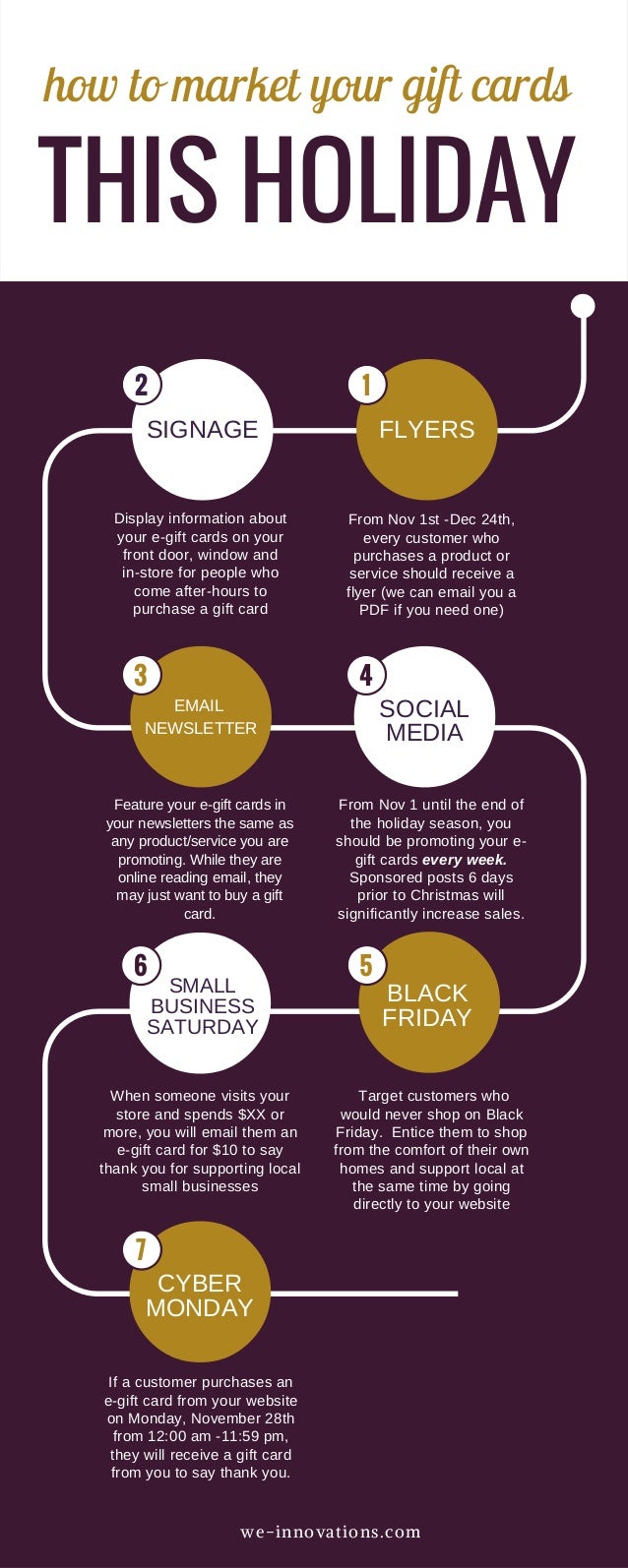Laser engraving is a functional, effective, and safe method to tailor glasses for breweries, restaurants, and extra. Nevertheless, the engraving procedure typically leaves debris that looks harsh.
To minimize this, apply a sheet of paper towel or liquid meal soap to the surface before running the laser. This will certainly dissipate the excess warm and improve the inscription results.
Soda-lime glass
Soda-lime glass is made use of to make the substantial bulk of glass, containers and home windows. It is inexpensive and easy to work with, making it a popular choice for general glass applications. However, it has several limitations that limit its use in more specific applications. These limitations include reduced thermal development and a high conditioning temperature level. In order to get over these constraints, it is usually chemically reinforced or toughened up.
It is made by thawing silica, soft drink (salt oxide), hydrated lime, dolomite and silicon dioxide in a glass heating system at temperatures of up to 1675 degC. The addition of the soda and lime serves as a change, decreasing the glass change temperature level and enabling it to be shaped.
While many types of glass can be engraved, some are more difficult than others to procedure. As an example, glass with heavy metals like titanium or lead is extra vulnerable and needs special care to ensure accurate inscriptions. Making use of a jig or clamps to protect the glass during the engraving process can reduce activity that can create misalignment errors. Similarly, picking a high-contrast layout and meticulously placing the style can also boost outcomes.
Borosilicate glass
Borosilicate glass is made with soda-lime glass however with added boron trioxide. This makes it much more sturdy and immune to thermal shock than soft drink lime glass. This sturdiness and resistance to heat make borosilicate glass an excellent selection for kitchenware, lab ware, and display glasses. It is additionally preferred among lampworking artists that wish to deal with large sculptural items that can be reheated several times without breaking.
Despite its strength, borosilicate glass can still be harmed by laser engraving. It can deal with spawling and delamination when revealed to co2. To prevent this, make use of a higher speed, reduced power, and much less air assist. High-contrast layouts and strong lines work best on this sort of glass. You can also paint the surface area of the glass black or various other colors to develop a special look. This strategy does not color the personalized area directly, yet it does add a different look to the piece. The inscribed areas can then be repainted with acrylic paint for a customized result.
Lead crystal
As the name recommends, traditional lead crystal has a minimum of 24% lead oxide. However, regardless of its charm and brilliance, this sort of glass is challenging to collaborate with because of several manufacturing, safety, and wellness problems.
Unlike popular false impression, the lead in conventional complete lead crystal is not "caught" within the chemical structure of the glass and presents little risk to human wellness over short durations of use. Still, it is essential to saturate new glass prior to using it in order to get rid of any type of surface area lead bits.
To minimize these issues, you can use a thin layer of pure recipe soap to the surface prior to etching. This will certainly help to dissipate the warmth generated by the laser and lower the possibility of splintering. Conversely, you can also brighten the surface of your glass with a Scotch-Brite pad. This method will assist to minimize the exposure of superficial engravings and is specifically useful if you are inscribing a curved item of glass.
Fused quartz
Merged quartz is a sort of high-purity silica glass that is used in a variety of applications. Its outstanding optical openness across a broad range, from ultraviolet to infrared wavelengths, makes it perfect for lenses and various other optics. Its low coefficient of thermal growth and resistance to chemical deterioration allow it to stand up to severe working temperature levels.
Due to its chemical inertness, merged quartz is additionally a good option for crucibles and response vessels. Its high-temperature resistance also makes it an exceptional product for windows and fluid cells in the atomic microscopic lense. Fused quartz is likewise being made use of for new builds of historical glass tools, such as the harp and verrophone, because it creates a louder audio than lead crystal.
This sort of glass is a fantastic tool for trying out different kinds of inscription. It can be engraved utilizing a range of devices, including etching lotion and a paintbrush. It can additionally monogrammed glass gift be etched with a laser to produce round Moire patterns.
